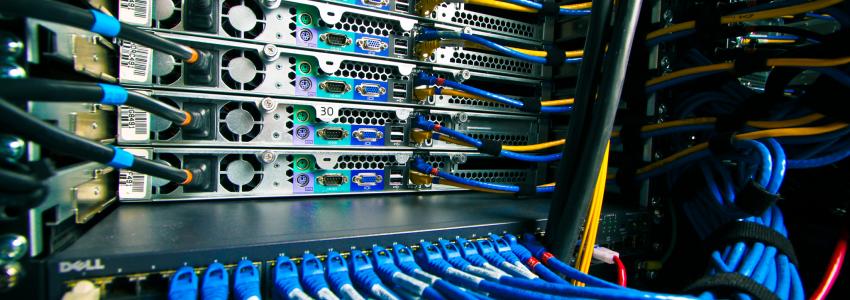
No matter how fast computers become, new applications are found that stretch the available resources to the limit. New advances in networking - from mobile wireless to high-speed photonics, are creating broad opportunities for computer engineering.
Recent advances in technology are providing faster microprocessors and network communications, reducing power dissipation in electronic systems, and producing higher-density, low-cost data storage devices. In turn, these advances are creating a demand for new multimedia applications and interfaces. The result will be a combined worldwide network infrastructure that will service television, telephone, and computer communications. It will also allow a new degree of distributed computing - supporting virtual supercomputers and distributed control systems that tie together the fast-growing number of personal computers and micro-controllers.
Broad new areas of future research will be based upon these advances. Computer Engineering will be the driving force for systems that we can now only imagine, such as: telerobotics; telemedicine; virtual instruments; and intelligent highways, homes, and vehicles
Centered on our overall department's research thrust of creating an information networking infrastructure, our research activities focus on advancing computer communications and networking and exploring a wide range of problems in distributed and multiprocessor computing. Some specific current research topics include: new circuits and systems for high-speed, real-time networking and computing, fault-tolerant computing and testing, distributed computing and control, neural computing.
Some innovative approaches being explored are: asynchronous design methodologies for building lower power and more modular systems; associative processors for intelligent robotics control; fast CMOS network interfaces that provide hardware support for multiprocessing; new network protocols for real-time computing; system architectures that provide self-diagnosis to pinpoint failures; and new modulation techniques for wireless networking.
An approach for improving system performance may involve techniques such as asynchronous system timing. There has been a renewed interest in asynchronous design methodologies for two reasons: to overcome fundamental performance limits of synchronous systems and to reduce energy consumption for portable electronic equipment. The application of asynchronous timing techniques can facilitate the implementation of very high-speed VLSI systems where standard synchronous timing no longer becomes practical due to the finite speed of light.
For tasks which involve pattern matching or adaptive processing, neural and associative computer systems are quickly becoming recognized as a viable alternative to conventional computing systems. We are actively involved with research projects involving associative memory based computers and the application of analog VLSI to neural computing.
With the advent of VLSI technology, where speed and size improve by an order of magnitude each decade, computer systems can become more prone to errors. Fault-tolerant computing encompasses all aspects of reliable computer design: from failure mechanisms in computing systems to error handling in real-time programming, to the design of robust systems.
Faculty

Sujit Dey

Andrew B. Kahng

Mingu Kang

Farinaz Koushanfar

Bill Lin

Ramesh R. Rao

Yatish G. Turakhia
Adjunct Faculty

Chung K. Cheng

Rajesh Gupta

Tajana S. Rosing
Emeritus Faculty

Clark C. Guest

